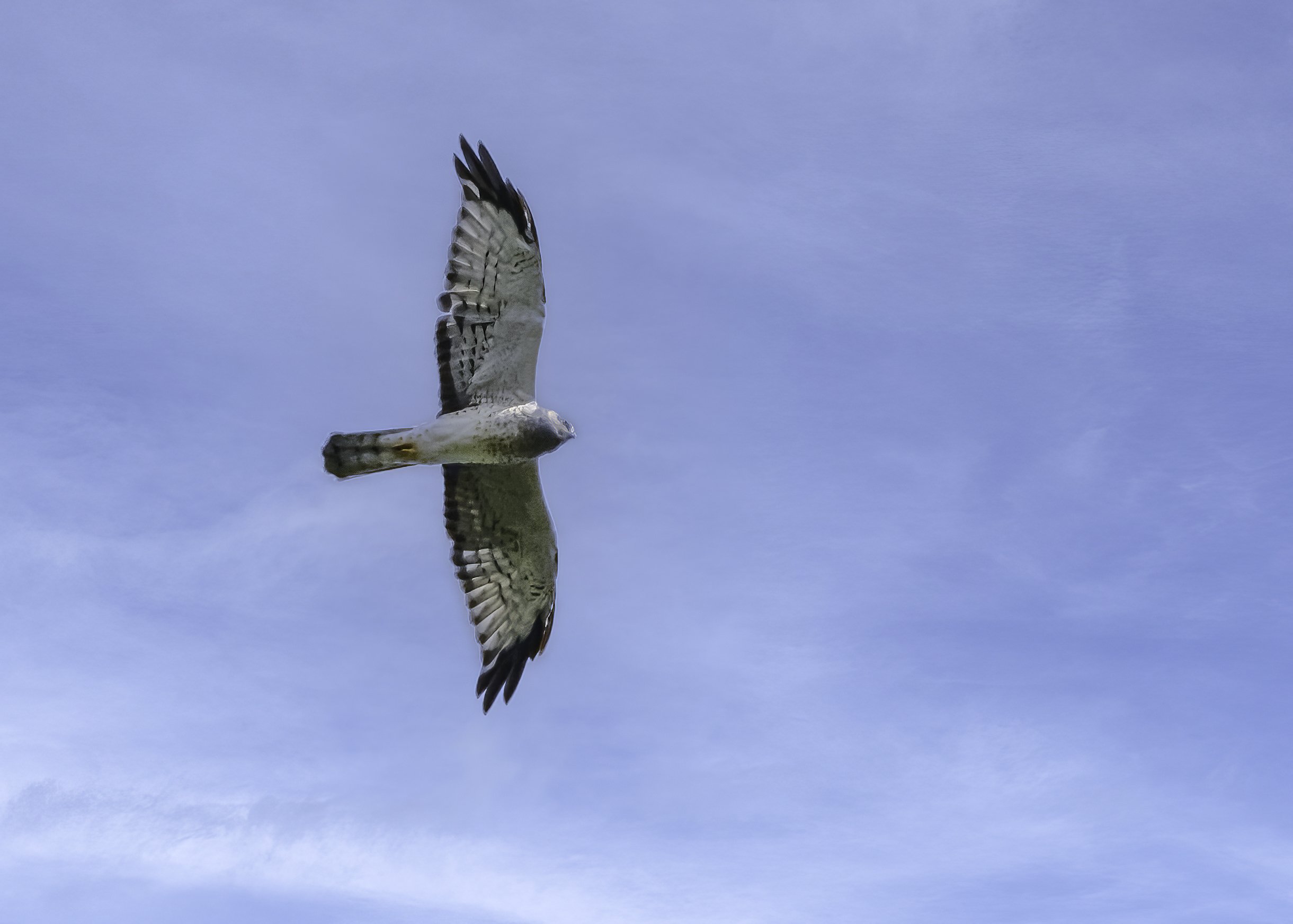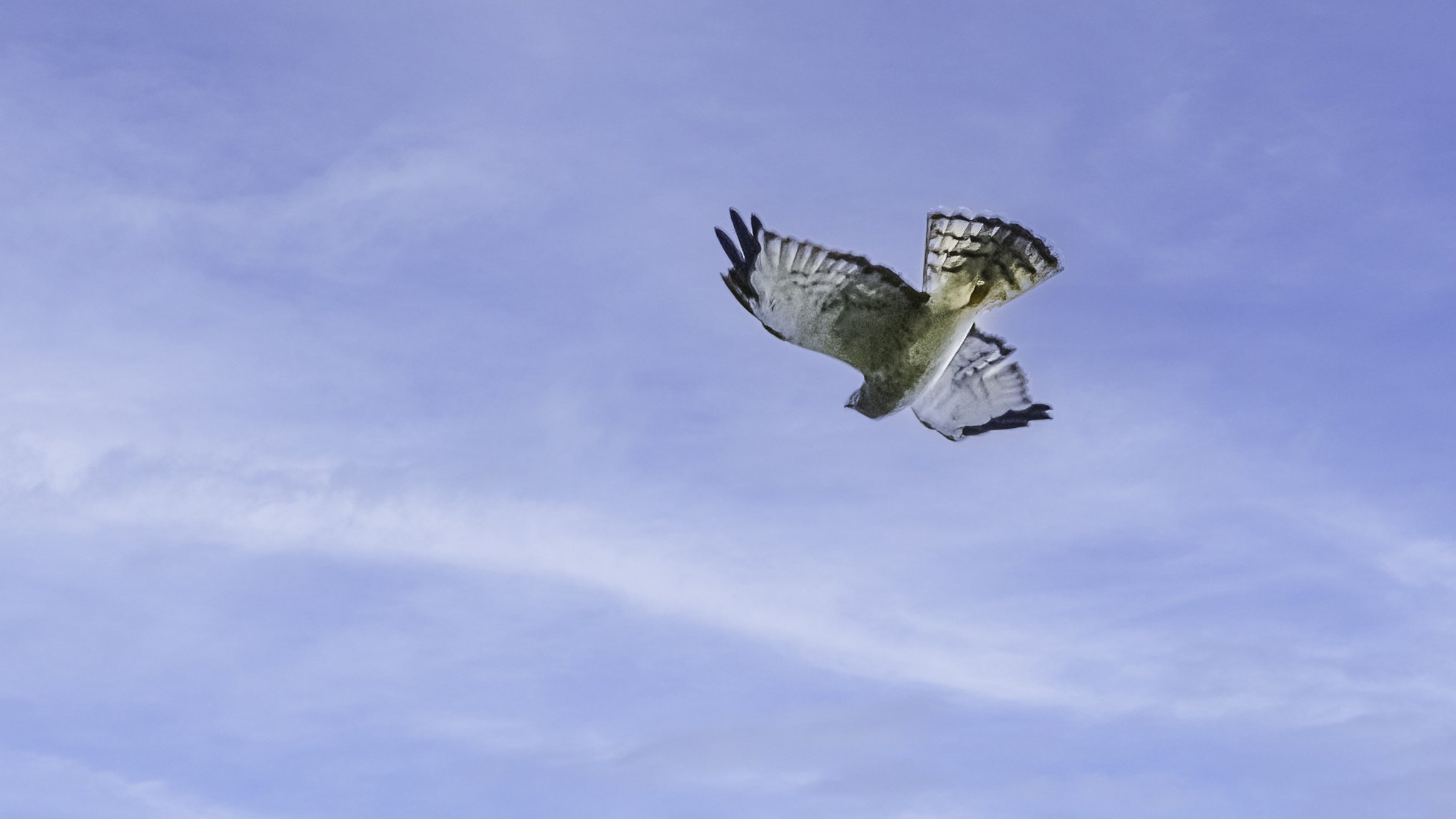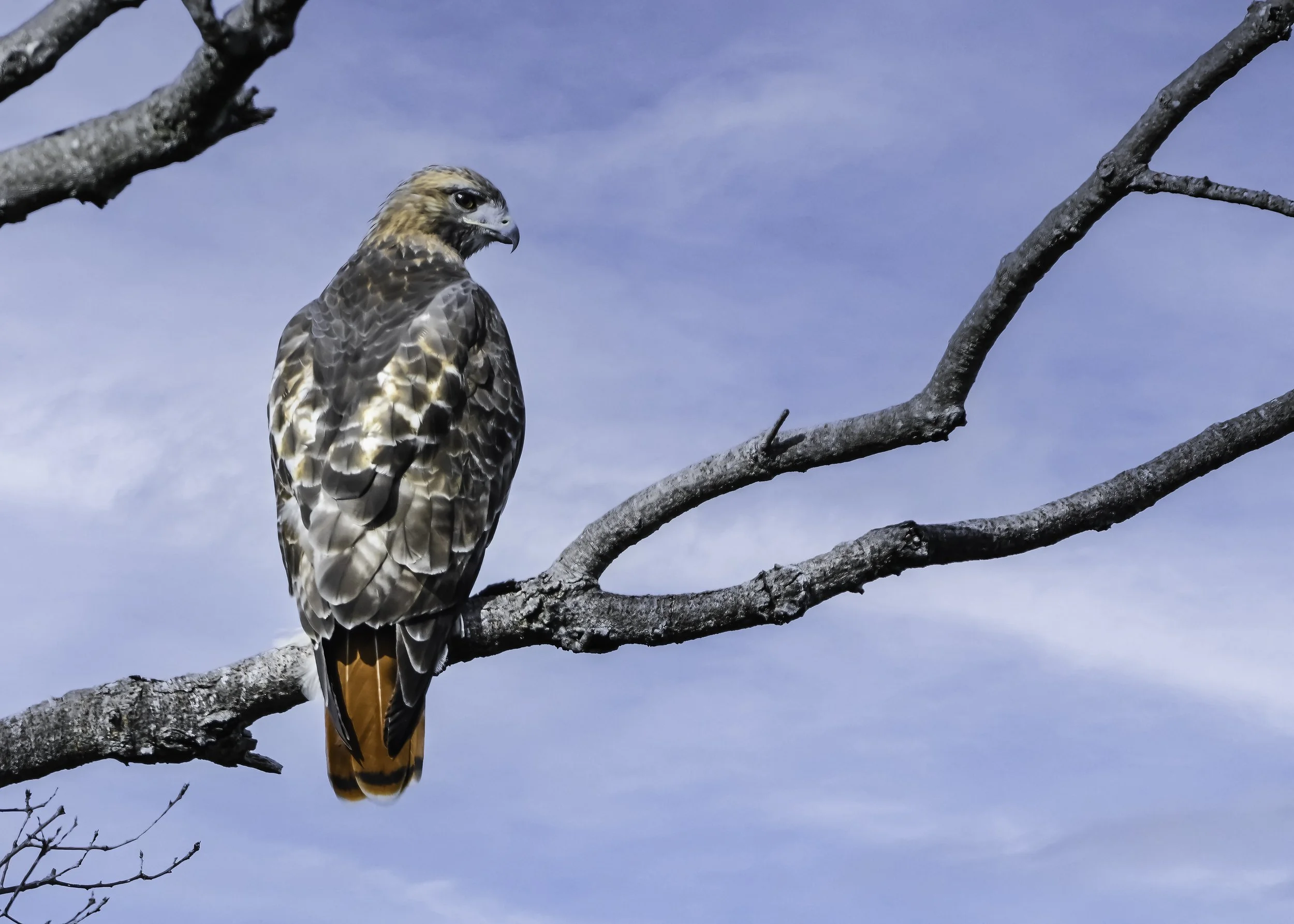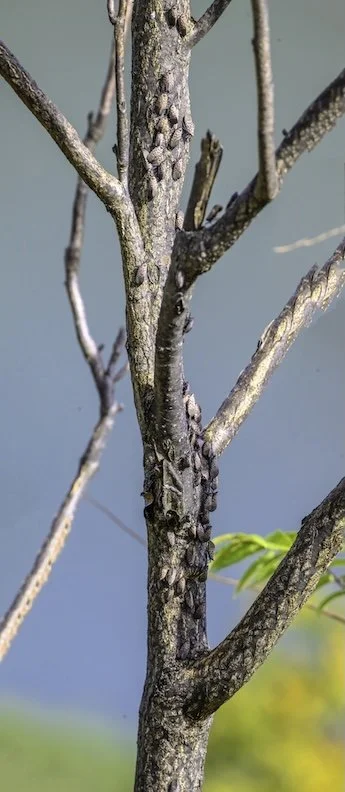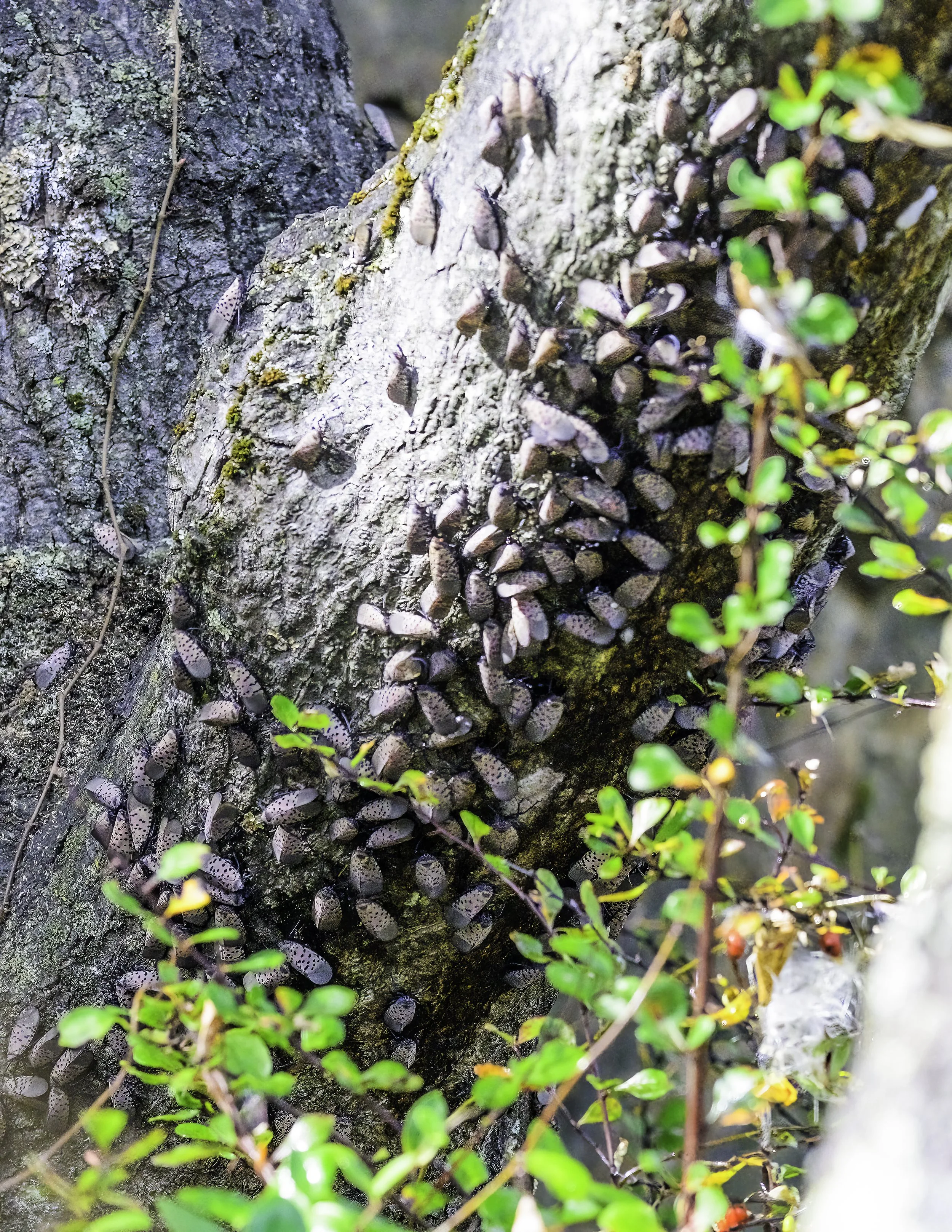Hawkwatch III
Northern harrier - Bear Mt Hawkwatch 0 10/2/25
Just a brief update on the activity at the Bear Mt Hawkwatch. For whatever reason, the hawkwatch reports from SE New York are down. On this day (10/02/25), our total count was 25 migrating raptors. The highest total of individuals of any species was 9 Turkey vultures and 8 Sharp-shinned hawks. The sighting of the day, however, was a “Gray ghost” Northern harrier. The nickname “Gray ghost” is used to distinguish a male harrier which is much a much lighter grayish hue than the browner female. Many of today’s raptors were very high and difficult to photograph, but this harrier stayed just low enough to afford us good looks and a decent chance to capture an image or two.
Another shot of our Harrier….
Harriers are one of the most accomplished aerialists in the world of raptors. These magnificent fliers exhibit a distinctive flight pattern characterized by slow, low gliding just above the ground, with wings held in a shallow V-shape. Their flight is often described as buoyant and graceful, allowing them to efficiently scan open fields and marshes for prey. These raptors use their keen sense of hearing and vision during flight, often flying in a zigzag or looping manner to flush out small mammals and birds. Their silent wingbeats and the ability to hover briefly enhance their hunting success, making their flight both functional and captivating to observe. And so, to see them at a considerable height is to witness them in a whole different posture and repertoire of movement. It’s always a joy for me to see these birds as they hold the top position on my list of favorite bird species.
Red-tailed hawk - Bear Mt Hawkwatch - 10/2/25
Another visitor to the hawkwatch site today was a resident Red-tailed hawk. This is a beautiful adult bird showing its dark red tail as well as a white V-shape pattern on its back. Females are larger than males, but without seeing them side-by-side, it is very difficult to distinguish one from the other by size alone. This hawk was not disturbed by people parking their cars directly below it and getting close to photograph it. This is most likely one of the birds that hangs around the local zoo and it therefore quite use to the presence of humans. Red-tails are “partial migrants” meaning that some of them will head south for the winter while others are happy to stay in their home range as long as food is available.
One other notable sighting today was the continued presence with apparent increased numbers of the Spotted lantern fly infestation. When we first arrived today, we noted that there were fewer of these insects in flight and thought maybe the cooler nights had somehow knocked down the numbers. That hope was short-lived, however. We began to notice that on the trunks of the ailanthus trees and to a lesser degree maples, the lanternflies had congregated in large numbers. In some spots, their numbers were so dense that it would be impossible to fit another individual into the “crowd”. Below are two images to back up these claims.
Lanternfly infestation on ailanthus at Bear Mt Hawkwatch 10/2/25
Infestation image 2
We’ll be watching and monitoring the effects of the first “killing frost” in the upcoming weeks. Will the numbers of Lanternflies drastically drop after such an event or are they resilient enough to withstand some harsh weather? Only time will tell.
